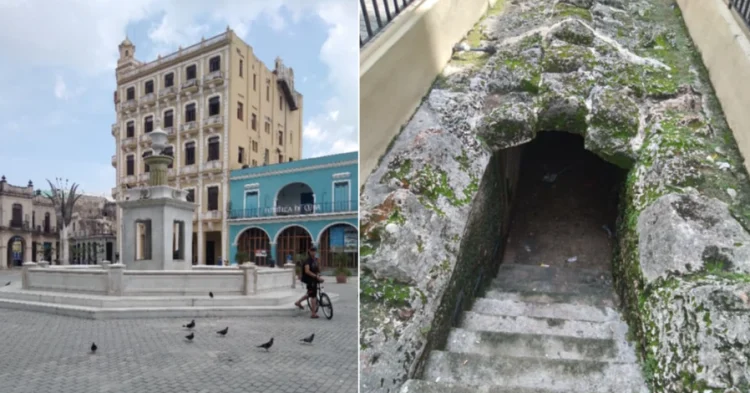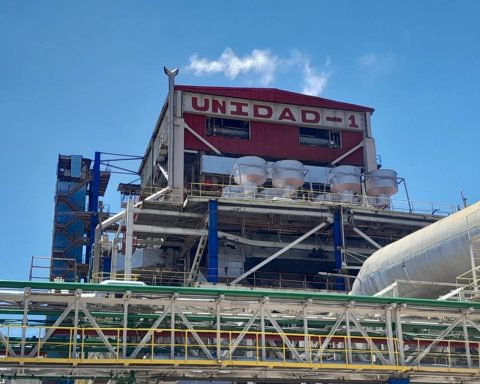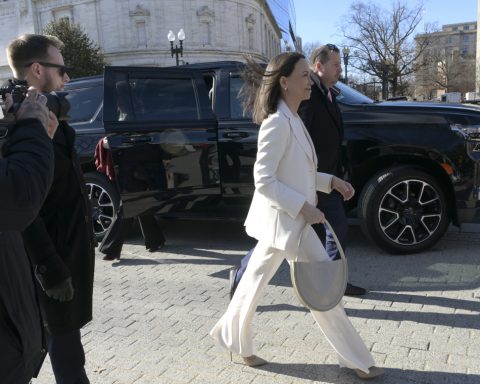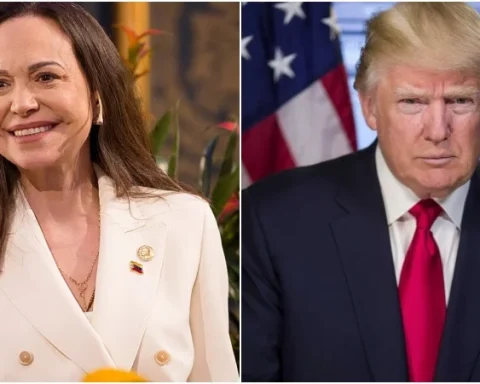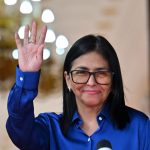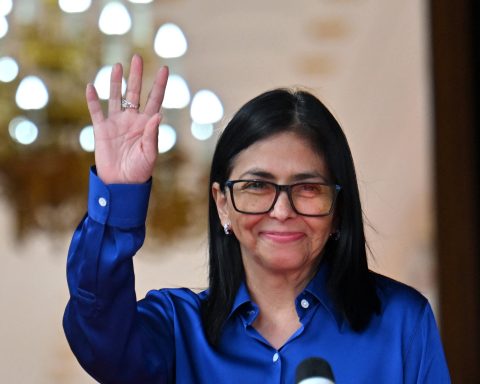HAVANA, Cuba.- Walking under the scorching tropical sun of Havana requires frequent hydration. But that is difficult these days, because if you don’t carry water from home, there is no public place to get a glass of water. You would have to buy half-liter or liter-and-a-half bottles of mineral water, which cost 150 and 350 pesos, respectively, making them unaffordable for the average Cuban (the tourists They pay one dollar and 1.50 for them.
In the old days, when a customer arrived at a café, bar or restaurant, the first thing a waiter would do was to put a glass of cold water in front of them. It was considered a duty and an obligation to provide water to everyone free of charge. Now, when you ask for water, they claim that they don’t have any or that it’s not drinkable.
The late City Historian, Eusebio Leal Spengler, In 1994 he founded the Casa del Agua “La Tinaja”, a small establishment attached to the La Mina restaurant, on Obispo Street, opposite the corner of the Palacio de los Capitanes Generales and the Plaza de Armas, where cold water purified in filters (in the old-fashioned way) was provided for the modest price of two pesos a glass.
The cozy place, in addition to quenching the thirst of passers-by, served the residents of the neighborhood to acquire drinking water that they did not have at home.
In the House of Water there were display cases with filters and jars where water was stored, photographs on the walls of personalities who passed through the place and plaques with explanations about how the precious liquid arrived in Havana and the different aqueducts that the city has had since its founding.
Instead of opening other similar places, La Casa del Agua has been closed for more than three years.
The serious difficulties with the water supply that affect the capital today, and especially the old part, date back to the time of the founding of the city, because the Havana port was ideal for the protection of ships, but there were no nearby rivers with sufficient flow to supply drinking water to the inhabitants.
Several historians tell how water was brought from Luyanoby land or by boat, until the Zanja Real was built at the end of the 16th century, which operated until 1835.

The Zanja Real was a conduit made up of exposed stone walls, with a length of 13 kilometres, which started from the banks of the Almendares River, crossed Zapata and Zanja streets, until reaching the Puerta de Tierra or Puerta de la Muralla and within the city it branched into four branches, the best known being the one that ends at Callejón del Chorro, in the current Plaza de la Catedral.
There were some fountains where the inhabitants went to obtain water, such as those in the Plaza Vieja, rebuilt today in a replica, and the nearby Fuente de los Leones, in the San Francisco SquareThese fountains still work, but the water is impure.

In 1835, the Fernando VII Aqueduct was created, which was more hygienic, as it transported water through iron pipes, but it did not give the expected results because it only benefited the wealthy, who could afford to pay for its service to their homes, so the Zanja Real was maintained for the rest of the inhabitants.
Faced with this situation, the engineer Francisco de Albear He presented a project for a new aqueduct that would provide a definitive solution to the water problem. The work, begun in 1858, brought water from the springs of Vento, in the current province of Mayabeque, and at the time covered the needs of the population. Awarded at the Universal Exhibition in Paris, it is considered one of the seven wonders of civil engineering in Cuba.
Albear died in 1886 without seeing his project completed.
The monumental construction, designed for twice the the population at that time (about 100,000 inhabitants), it currently only supplies 19% of Havana’s population, due to the population growth and the territorial extension of the city.
New aqueducts have been built, but they generally do not meet the needs. In the capital alone, 130,000 people do not receive water regularly.
In most Havana neighborhoods, water is turned on for a few hours every two or three days or more.
In Havana, the water networks are very old and in very poor condition, which causes constant breakages and subsequent repairs. Due to the many leaks, much of the water that is pumped is lost.
